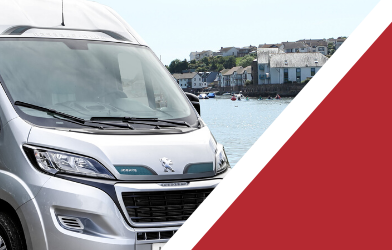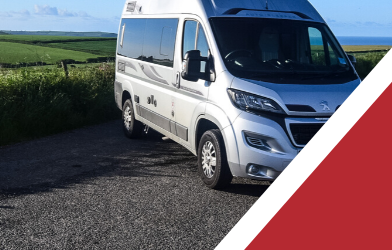Have you thought of taking your motorhome to the Netherlands?
When planning a European tour, many motorhome owners head for the mountains of Austria and Switzerland or the beaches of southern France, Italy or Spain. But you do not need to drive so far to enjoy a continental journey much closer to home. The Low Countries – and the Netherlands, in particular – have a great deal to offer.
Why the Netherlands?
If you don’t fancy another long journey after driving your motorhome off the ferry, the Netherlands offers a perfect solution. Take the ferry from Harwich in Essex to the Hook of Holland and you reach your destination as soon as you roll off the boat. The ferry crossing takes just under seven hours, but this can vary.
Or, take the Eurotunnel from Folkestone to Calais and drive to the Netherlands – this takes less than four hours says their website.
The Dutch
You are almost certain to receive a warm welcome from the Dutch people you meet. They are friendly and family-oriented, with as great a taste for the outdoor life. Think Holland and you’re sure to think cycling family days out or pottering about on any one of the many stretches of open water.
Although Dutch, of course, is the native language, practically everyone you meet will have (very good) English as their second language – so striking up a conversation is never likely to be all that taxing. As anywhere, though, it always goes down well if you have at least a spattering of the country’s own language.
What documents will I need?
To legally drive in the Netherlands, visitors must be 18 years or older and possess a full, valid driving licence. For motorcycle riders operating vehicles up to 125cc, the minimum age requirement is also 18.
Driving licences issued in European Union (EU) and European Economic Area (EEA) countries are accepted in the Netherlands. While international driving permits are recognized, they are not obligatory.
To ensure compliance with local regulations, it is imperative you carry the following documents while driving in the Netherlands:
- Full, valid UK driving licence
- Proof of identification (passport)
- Motor insurance certificate
- V5 registration document
Plus, you will need a “UK” sticker, not “GB”.
On the road
Although you’ll be driving on the right, the highway code is very much as you find it at home – although there are one or two differences to bear in mind.
Different speed limits apply depending on the vehicle you are driving – see the Caravan & Motorhome Club for more information here.
Unless otherwise directed, always give way to vehicles emerging from the right and remember that use of your mobile phone while driving is prohibited (but hands-free devices are allowed).
Roads and motorways are toll-free, but there are several different anti-congestion and low emission zones in different cities – so make sure you’re aware of the rules in place if you intend driving there. Sounding your horn in cities is also illegal.
Overnight in your motorhome
When it’s time to turn in for the night, you must park your motorhome on a recognised campsite – so-called “wild camping” is prohibited and strictly enforced with a possible fine of up to €500 per person, according to the website Caravanya.
Fortunately, therefore, campsites are plentiful, of a high standard, and affordable (according to some sources, prices are ranked the seventh cheapest in Europe).
Ideal for your motorhome tour is Delftse Hout campsite, near the city of Delft, with its typically Dutch architecture and famous for its ceramics. The 5-star site is surrounded by a beautiful park, has mostly grass pitches, is family-friendly and has English-speaking staff.
If you thought the whole of Holland was flat, just visit the southern part of the country towards its borders with Germany and Belgium. Set in rolling hills, with stunning views across South Limburg, is the beautiful Europarcs Gulperberg.




